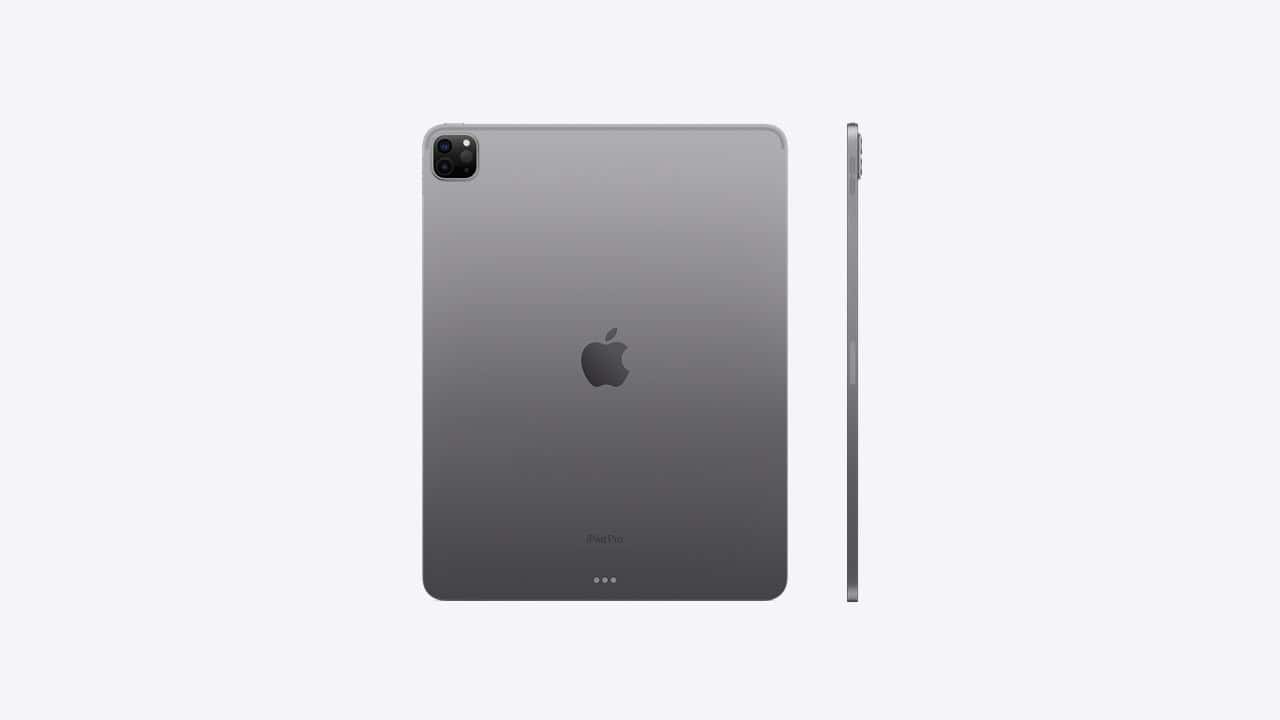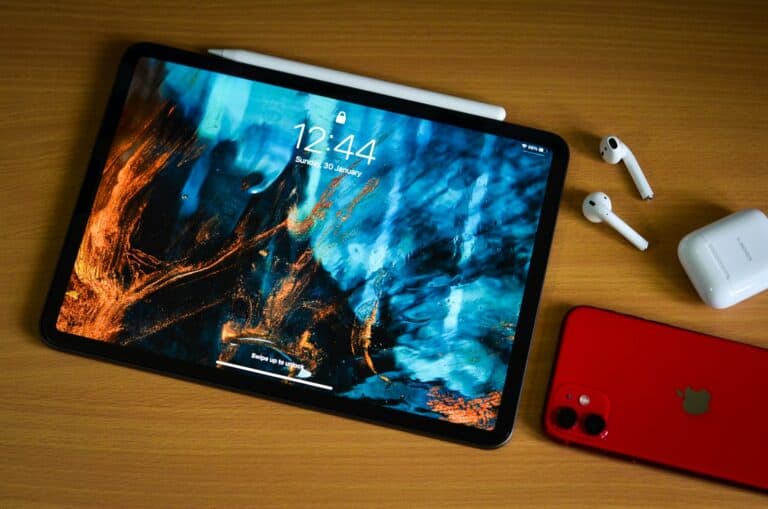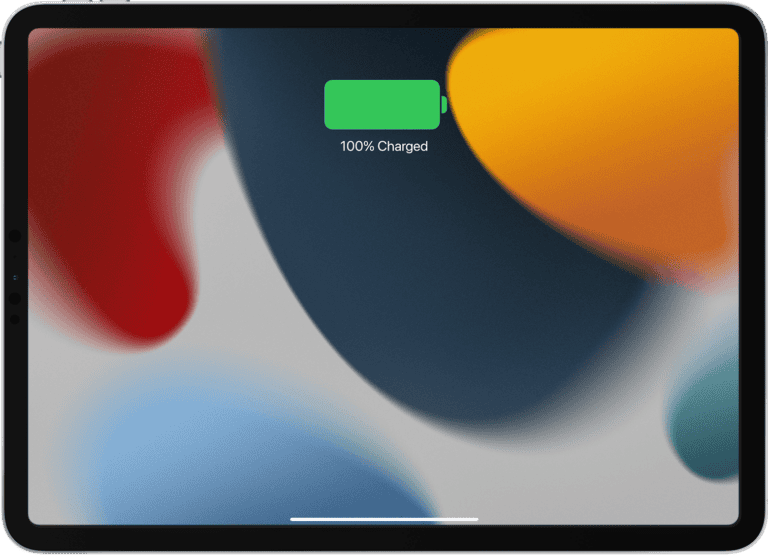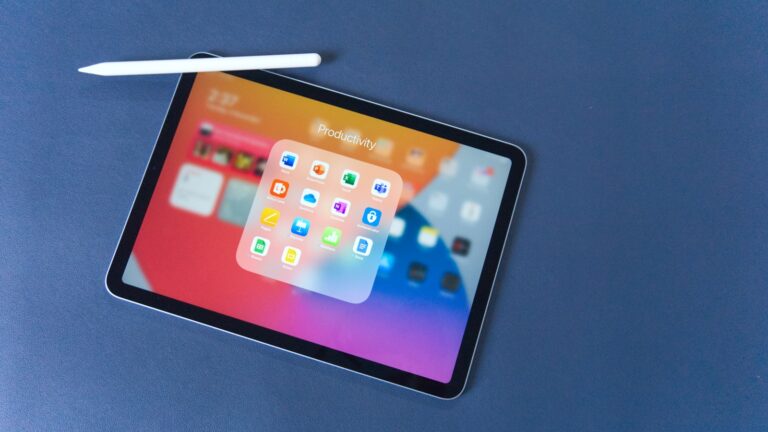
Tech fans are excited about a possible new device in the iPad family — the iPad Ultra. Although Apple hasn’t officially announced it yet, many believe it might be released in 2026. If this happens, it could change how Apple markets its products, aiming to combine the features of tablets and laptops. Rumors suggest the iPad Ultra could have a 14.1-inch mini-LED display and may run both iPadOS and macOS. This new device could expand what a tablet can do.
Bigger, Bolder, and Built for Power Users
Apple has long been the leader in the premium tablet market, but the iPad Ultra is poised to push that dominance even further. The rumored 14.1-inch or even 16-inch display would make it the largest iPad ever released, appealing directly to creative professionals, designers, and power users who crave more screen real estate for multitasking and complex workflows.
Display Technology: Mini-LED vs. OLED
Leaks suggest that Apple is weighing both mini-LED and OLED options for the iPad Ultra. Mini-LED panels, already seen in the 12.9-inch iPad Pro, offer better contrast and brightness, while OLED displays could bring deeper blacks and improved energy efficiency. Apple’s decision may hinge on balancing performance with battery life — a crucial factor for users who need all-day productivity.
The M5 Chip: Next-Level Performance
The iPad Ultra is expected to feature Apple’s next-generation M5 chip (or the latest in the M-series lineup), pushing the device’s performance well beyond current iPad Pro models. Early rumors suggest that the M5 could include:
- A 12-core CPU for lightning-fast multitasking.
- Advanced GPU capabilities for 3D rendering, video editing, and high-end gaming.
- AI-powered enhancements for creative applications like Final Cut Pro and Logic Pro.
With up to 16GB of RAM and terabyte-level storage options, the iPad Ultra could easily handle professional-grade software, making it a serious contender against even the high-end MacBook Pro.
Dual OS: iPadOS Meets macOS?
One of the most intriguing rumors is that the iPad Ultra might run a hybrid version of iPadOS and macOS, offering users the best of both worlds. Imagine the touch-first design of iPadOS seamlessly transitioning into macOS-like functionalities when connected to an external display or keyboard.
This would address one of the biggest pain points for creative professionals: the limitations of iPadOS in multitasking and file management. A dual-OS setup could allow for:
- Full external display support without mirroring restrictions.
- Enhanced multitasking with floating windows and split-screen options.
- Native support for macOS applications when docked.
If Apple pulls this off, it could finally transform the iPad from a companion device into a true laptop alternative.
Design Evolution and Pro Accessories
Apple’s design philosophy has always emphasized sleekness and simplicity, but the iPad Ultra could introduce key changes to handle its larger size and more powerful hardware:
- Slimmer bezels to maximize screen real estate without making the device overly bulky.
- A new heat dissipation system to support the M5 chip without compromising performance.
- A revamped Magic Keyboard with a larger trackpad and possibly function keys — bringing it even closer to a MacBook experience.
- An upgraded Apple Pencil 3 with haptic feedback, magnetic gestures, and interchangeable tips for different use cases.
Who Is the iPad Ultra For?
The iPad Ultra isn’t aimed at casual users who browse the web or watch Netflix. Its rumored features clearly target creative professionals, video editors, 3D designers, and even software developers who want the flexibility of a tablet with the power of a laptop.
The device could also appeal to remote workers and business professionals who need an all-in-one solution that offers mobility without sacrificing performance.
Pricing and Release Date Predictions
If history is any indicator, Apple will position the iPad Ultra firmly in the ultra-premium category. Current estimates suggest a starting price of around $1,499 to $1,799, depending on configurations — with higher storage and RAM options pushing the price beyond $2,000.
Apple typically reserves major product announcements for its Fall events, so late 2026 or early 2027 seems like the most likely release window.
Competing in a Growing Market
Apple isn’t alone in exploring large-screen tablets. Competitors like Samsung’s Galaxy Tab S9 Ultra and Microsoft’s Surface Pro 9 have shown there’s consumer demand for tablets that blur the lines between laptops and touchscreens. However, if the iPad Ultra truly brings macOS capabilities into the fold, it could leapfrog the competition in both power and versatility.
Final Thoughts: Is the iPad Ultra Worth the Hype?
While Apple has yet to officially confirm the iPad Ultra, the rumors paint a compelling picture of a device that could shake up the tablet market. If the hybrid iPadOS/macOS functionality becomes a reality and the M5 chip delivers the expected performance boost, the iPad Ultra could become the go-to device for professionals who demand flexibility without compromise.
Until then, all we can do is speculate — but if history has taught us anything, it’s that Apple rarely plays it safe when it comes to pushing the boundaries of its devices.
Key Takeaways
- The iPad Ultra will feature a 14.1-inch display with mini-LED technology
- The device may support both iPadOS and macOS operating systems
- Apple targets creative professionals with enhanced display and performance capabilities
Rumored Features and Specifications
The iPad Ultra emerges as a potential game-changing device with significant hardware upgrades and premium features. Leaked specifications point to powerful processing capabilities, advanced display technology, and expanded size options targeting professional users.
Cutting-Edge Performance
The rumored iPad Ultra aims to incorporate Apple’s latest M-series chips, potentially the M3 or even M5, bringing desktop-class performance to the tablet form factor. An advanced cooling system will help maintain peak performance during intensive tasks.
These tablets may feature up to 8GB of RAM to support new AI features and enhanced multitasking capabilities. The increased memory allows users to run multiple professional applications simultaneously.
The device is expected to include upgraded stylus support with improved pressure sensitivity and lower latency for digital artists and note-takers.
Enhanced Display Technology
The iPad Ultra display specifications focus on premium screen technology, with both mini-LED and OLED options under consideration. The mini-LED variant promises higher contrast ratios and improved brightness levels compared to traditional LCD screens.
The OLED screen option would deliver perfect blacks and superior color accuracy. This technology particularly benefits creative professionals working with photo and video content.
Screen sizes range from 12.9 inches to 14.1 inches, with some sources suggesting a possible 16-inch model. The larger canvas serves professionals who need more screen real estate.
New iPad Models and Sizes
Apple plans to position the iPad Ultra as a new premium tier above the current iPad Pro lineup. The 14.1-inch model represents the largest iPad ever produced.
The expanded size options target different user needs:
- 12.9-inch: Portable yet powerful
- 14.1-inch: Desktop replacement
- 16-inch: Professional workstation
These larger screens enable true side-by-side multitasking with full-size apps. The extra space accommodates professional software interfaces without compromising usability.
Design and Build
The iPad Ultra’s design centers on premium materials and advanced engineering innovations to enable professional-grade performance and versatility in a slim form factor. Advanced thermal management and seamless peripheral integration stand out as key engineering achievements.
Innovative Cooling Solutions
The iPad Ultra incorporates a sophisticated thermal architecture with vapor chamber cooling technology. This system efficiently dissipates heat from the powerful M-series chip while maintaining the device’s slim profile.
Multiple internal heat pipes direct thermal energy away from critical components. Strategically placed vents optimize airflow without compromising the device’s water and dust resistance rating.
The thermal design enables sustained peak performance during demanding tasks like video editing and 3D rendering.
Stylus and Keyboard Compatibility
The iPad Ultra features an enhanced magnetic attachment system for the Apple Pencil 3. The side-mounted charging strip provides faster charging and more secure storage than previous iPad models.
The Magic Keyboard connection uses an upgraded Smart Connector with additional data throughput. This enables advanced features like backlit key brightness control and expanded shortcut capabilities.
The keyboard offers deeper key travel of 1.3mm for improved typing comfort. The larger trackpad supports multi-touch gestures with enhanced precision.
The device maintains compatibility with existing Apple Pencil 2 accessories while adding new pressure sensitivity levels and tilt detection capabilities.
Software and Ecosystem Integration
Apple’s software integration plans for the iPad Ultra focus on professional workflows and enhanced compatibility between iPadOS and macOS platforms. The device aims to bridge the gap between tablets and laptops through advanced features and cross-platform capabilities.
Optimization for Professionals
The iPad Ultra’s software will support advanced video editing tools with AI-powered features. Professional users can expect faster rendering times and improved multitasking capabilities through split-screen and Stage Manager enhancements.
The new Apple Intelligence system will enable smart resource allocation, automatically adjusting CPU and GPU performance based on active tasks. This means video editors can work on multiple 4K streams without performance drops.
Professional apps will gain desktop-class features previously exclusive to macOS. Adobe Creative Suite and DaVinci Resolve will receive iPad Ultra-specific optimizations to utilize the larger screen and increased processing power.
iPadOS and macOS Synergy
The iPad Ultra will introduce new cross-device workflows between iPadOS and macOS. Users can start tasks on their Mac and seamlessly continue on their iPad Ultra with Universal Control improvements.
File handling becomes more efficient with a redesigned Files app that matches Finder’s functionality. External drive support expands to include professional storage solutions and network-attached storage systems.
The device supports running Mac apps through enhanced virtualization. This creates a hybrid experience where iPad apps and Mac software work together in a unified environment.
New keyboard shortcuts and gestures make switching between platforms feel natural. The Magic Keyboard attachment will include function keys to match the Mac experience.
Market Positioning and Pricing
The iPad Ultra aims to establish a new premium segment in Apple’s tablet lineup with advanced features and powerful performance capabilities. The device targets creative professionals and power users who need desktop-class computing in a portable form factor.
Target Audience and Demand
The iPad Ultra sets its sights on professionals who require maximum screen real estate and computing power. Digital artists, video editors, and content creators will benefit from its rumored 14-inch or 16-inch display.
Professional users currently split between MacBook Pro and iPad Pro devices represent a key market opportunity. The larger canvas enables enhanced multitasking and creative workflows.
The estimated price point of $1,600-$1,700 positions this device in the premium segment. This pricing aligns with high-end MacBook Pro models rather than existing iPads.
Comparative Analysis with Competitors
Samsung’s Galaxy Tab S10 Ultra stands as the primary competitor in the premium tablet space. The iPad Ultra’s larger display and anticipated M-series chip would offer superior performance for professional applications.
The iPad Ultra bridges the gap between tablets and laptops. Its projected capabilities match or exceed many premium laptops, including some MacBook Pro configurations.
Key advantages include:
- Display: Larger screen than current iPad Pro models
- Performance: Desktop-class processing power
- Software: Professional apps optimized for touch and Apple Pencil
- Integration: Seamless connection with other Apple devices
Frequently Asked Questions
Apple’s rumored iPad Ultra represents a significant leap forward in tablet technology, with potential new features spanning display innovations, performance upgrades, and design changes.
What are the rumored features of the next iPad release?
The iPad Ultra may include a mini-LED or OLED display technology for enhanced contrast and brightness. The device could feature improved Apple Pencil compatibility and expanded multitasking capabilities.
The tablet might incorporate advanced M-series chips for desktop-class performance.
When is the expected release date for the new iPad model?
Current rumors point to a potential release in late 2026 or early 2027. Tech analysts predict Apple will announce the device during their traditional fall event.
How is the upcoming iPad expected to differ from previous versions?
The iPad Ultra marks a departure from existing models with its larger screen size and enhanced processing power. The device targets professional users who need more screen real estate and computing capability.
What size options will be available for the latest iPad?
Reports suggest a 14.1-inch or 16-inch display option. This represents a significant increase from the current 12.9-inch iPad Pro maximum size.
Can we anticipate any major design changes in the upcoming iPad?
The larger form factor will require structural modifications to maintain durability. The device may feature slimmer bezels and an updated port configuration.
What improvements in performance are predicted for the next iPad?
The iPad Ultra will likely use advanced M-series processors similar to those in Mac computers. These chips could enable desktop-class applications and improved graphics performance.
The device may include increased RAM and storage options to support more demanding professional applications.






